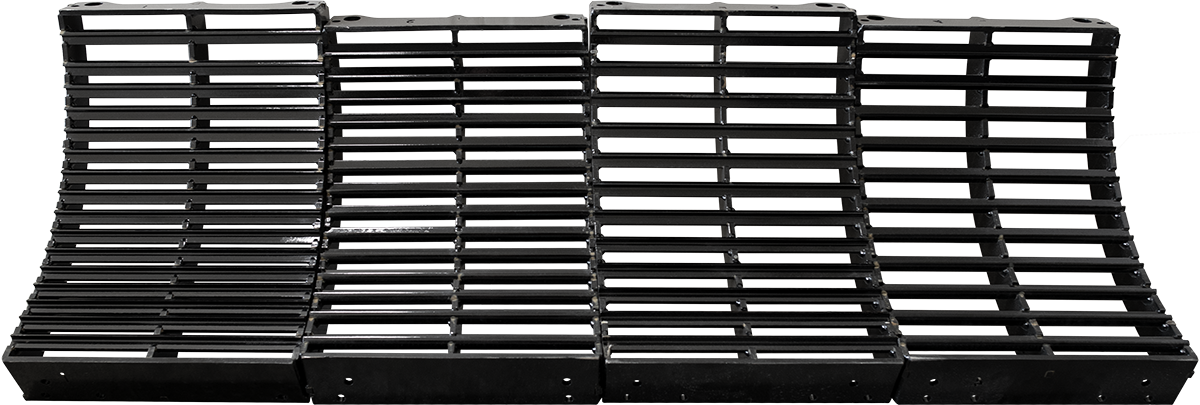Does your nonregistered stock portfolio still contain some dogs that have never recovered from the market downturn?
Are you confident, however, that the fundamentals of these businesses are sound and their stock prices will eventually recover?
One way to alleviate some of the financial pain is to sell these securities and claim the realized capital losses.
If there is an excess loss after applying your current year losses against current year gains, the excess capital losses can be applied against gains made in the previous three years or saved to apply against gains anytime in the future.
Read Also

AI expected to make itself felt in food systems
Artificial intelligence is already transforming the food we eat, how farmers produce it and how it reaches the consumer, experts say
Within certain limitations, you can use the proceeds of the sale as a cash contribution to your Registered Retirement Savings Plan and then rebuy the securities within your registered account.
This will allow you to claim the capital loss on the sale and still hold the security.
However, the limitations and time constraints on this transaction need to be addressed or you will lose the benefit of claiming the capital loss.
At one time, the Income Tax Act didn’t consider a person and his RRSP to be “affiliated.”
In 2004, the government changed the legislation so that not only was a taxpayer considered affiliated with his own RRSP but also with that of his spouse.
This brings into play superficial loss rules, under which you cannot sell and then immediately rebuy the same property within your RRSP 30 days before or after the transaction. If you do so, the capital loss on the sale of the stock outside of your RRSP will be denied.
However, if you are convinced the stock will appreciate, you may consider selling the stock outside your RRSP, claiming the capital loss, depositing the funds as cash to your RRSP and then waiting at least 31 days before rebuying the stock inside your RRSP. This timing will keep you clear of the superficial loss rules.
Since timing is everything with this sort of transaction, make sure that the administrator or trustee of your RRSP account has specific instructions on when, and only when, to proceed with the repurchase of the securities within your RRSP.
You may also contribute securities and other investments to your RRSP as long as they are considered to be RRSP-eligible investments. This is called making a contribution-in-kind.
You may also “swap” securities between your RRSP and nonregistered investment accounts if the securities are of equal value.
However, there is a minor complication with these kinds of transactions. According to the Canada Revenue Agency, you must record the property you transfer into an RRSP as a sale at fair market value.
If the fair market value is greater than your cost of acquisition, you will have to report the realized capital gains on the transaction. Unfortunately, the reverse does not apply, and you cannot claim a capital loss.
Larry Roche is a tax analyst with Farm Business Consultants Inc. Contact: fbc@fbc.ca or 800-860-7011.















